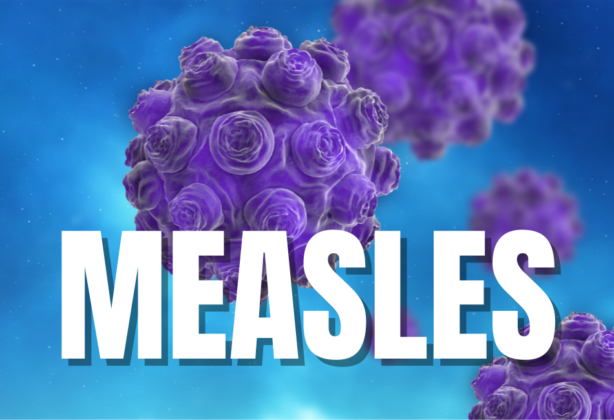The South Dakota Department of Health (SD-DOH) asks medical providers to be alert for an introduction of measles into South Dakota among recent travelers. In 2024, cases have been identified in Georgia, New Jersey, and Pennsylvania. Persons traveling internationally may also be at increased risk if visiting a country with a measles outbreak. Measles was last identified in South Dakota during 2015.
Measles is a highly communicable viral disease characterized by a prodrome of fever (up to 105°F), cough, coryza, and conjunctivitis. The prodrome lasts 2 to 4 days and is followed by a maculopapular rash that begins on the face and progresses downward and outward. The rash lasts 4 to 7 days.
The incubation period from exposure to rash onset is usually 14 days, but ranges from 7 to 21 days. Measles can be transmitted 4 days before rash onset to 4 days after rash appearance. Transmission of the virus occurs by droplets persisting in the air (airborne) or direct contact with nasal or throat secretions.
If you suspect measles: Isolate the patient to a room, adhere to infection control guidelines, and immediately call SD-DOH at 800-592-1861 to report the illness. Testing support is available at the South Dakota Public Health Laboratory. Collect a nasopharyngeal swab (NP swab), store in viral transport media, and send the swab to the South Dakota Public Health Laboratory for measles PCR testing.
If a person is exposed to measles: Measles vaccination can be administered within 72 hours of exposure for persons identified as close contacts, such as persons living in the same household.
How to prevent measles: Review your vaccination history. You are considered immune if you have two doses of measles-containing vaccines (MMR or MMRV) or have a prior history of disease [typically includes persons born before 1957 when childhood measles infection was common].
The Journal of the American Medical Association has posted a What is Measles? article available here.




